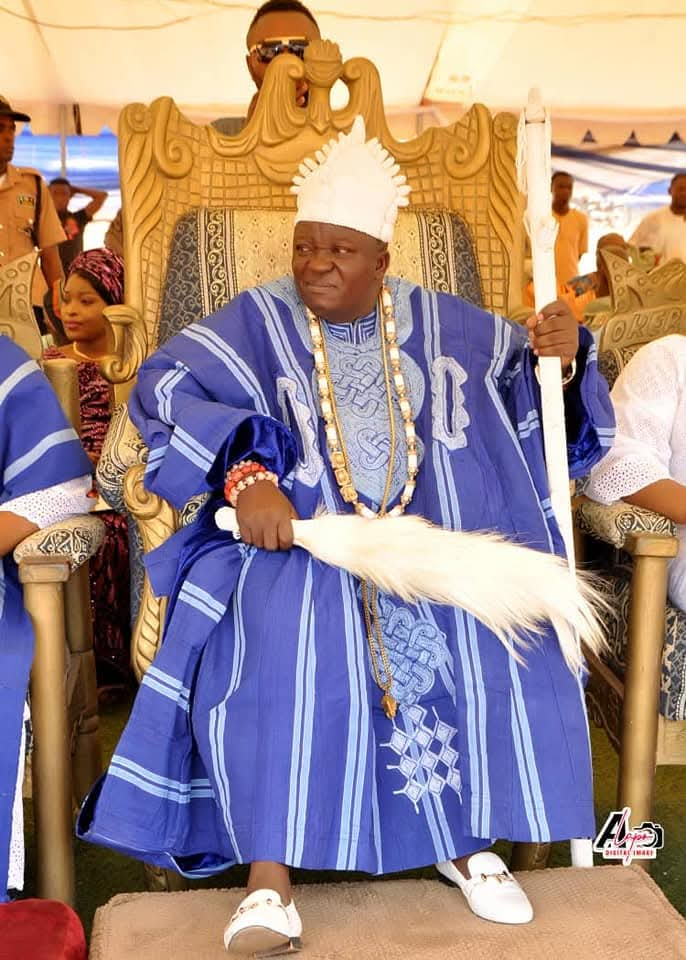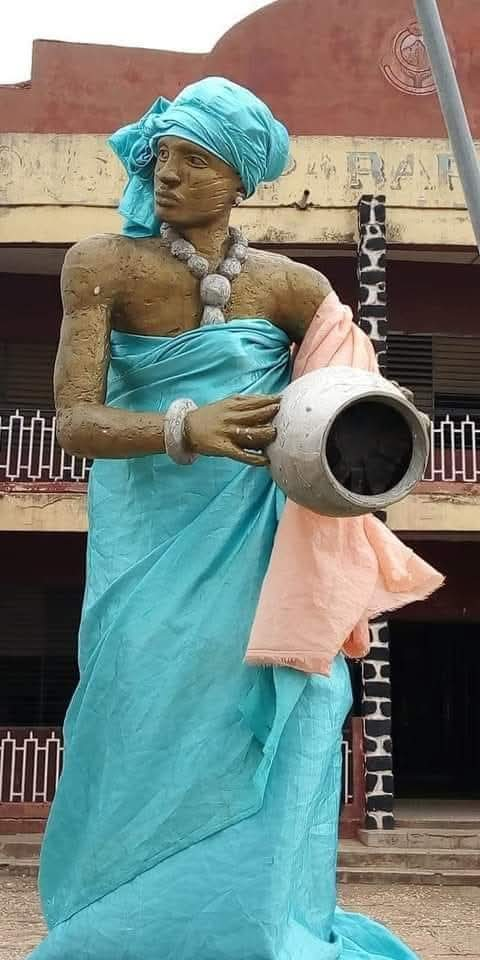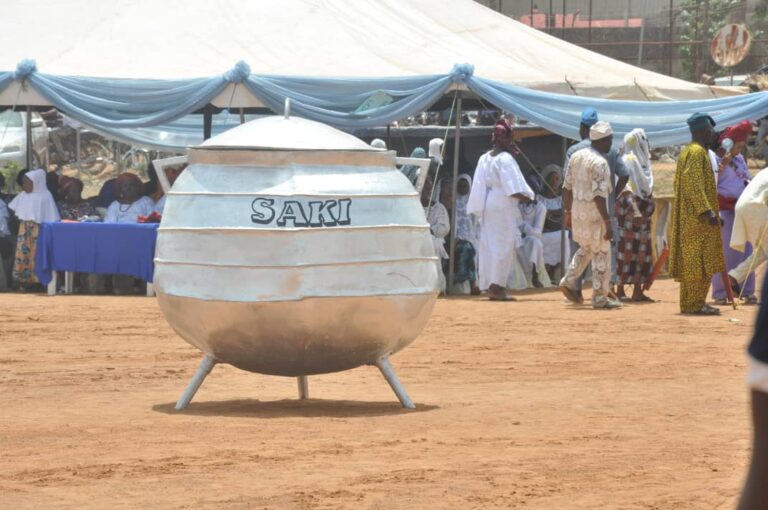By Dauda Aderogba
Saki, an historic community in Oyo State, will throw its doors open to the world today as the nine-day yearly Beere Festival begins. Beere Festival (Odun Oko) is more than just a cultural celebration. It is a living heritage, a tourism piece, a commercial showcase, and a symbol of unity and discipline that dates back centuries.

The festival is the living history of Saki’s cultural identity. It is named after the traditional thatching grass called Beere, a symbolic ritual rooted in the ancient architecture and governance system of Saki.
The festival originated from the pragmatic leadership of past monarchs who, in a bid to protect the environment and preserve resources, placed strict rules on bush burning during the dry season. It is only after the lifting of the embargo by the Okere of Saki that the community is allowed to harvest Beere.
The heart of the festival lies in its communal re-roofing of the palace, during which residents bring thatching grass to the Okere’s court, symbolising loyalty, service, and unity. Once the palace is re-roofed, families can return home to do the same.

As usual, the festival will span nine days of vibrant events. These include:
- Opening Ceremony with 21-gun salute to mark the official commencement
- Oath-taking ceremony by traditional chiefs to reaffirm loyalty to the Okere
- Royal processions and homage-paying by baales, high chiefs, and traditional groups
- Traditional dances, music, and drumming showcasing Yoruba folklore
- Queen’s Day Celebration, recognising the role of royal women in cultural continuity
- Feasting and distribution of communal meals
- Presentation of Beere by Chief Mayeloye as the community’s symbolic gift
- Youth performances and cultural competitions.
Every moment of the festival is a re-enactment of ancestral wisdom, with deep spiritual and communal undertones. The grand finale is always a spectacle of colour, costumes, chants, and cheers.
For tourists and culture lovers, Saki offers an enriching experience that extends beyond the festival grounds. During the festival, visitors can explore:

- Saki Heritage Park and Ancient Palace at Ogidigbo-Ile
- Asabari Hill with panoramic views of Oke-Ogun
- Aaya Stream – a naturally flowing spring held sacred by the locals
- Statue of Ayaba Ekunsumi, the queen who became a river goddess
- Igbo Ologun – the historic warrior’s forest
- Basaori Stream, famed in oral history for lending clothes and jewels
- Shea butter production hubs
- Aluminium pot casting industry
- Traditional blacksmithing workshops
These sites add depth to the festival’s appeal, creating opportunities for guided tours, local photography, documentaries, and cultural exhibitions.
The festival is not just about culture—it is a booming economic engine. The event is a market for local goods, agricultural produce, craft, clothing, and cultural merchandise.

On the significance of the festival, Oba Khalid Olabisi Oyedepo III Ilugbemidepo, the Okere of Sakiland and paramount ruler of the town, described the festival as “the heart of Saki’s identity and an enduring legacy that brings our people together in discipline, harmony, and gratitude. “It is a time to reconnect with our roots, reaffirm our values, and showcase the richness of our heritage to the world.”
Caretaker Committee Chairman of Saki Parapo Association, Mr Wole Oladokun, emphasised the festival’s unifying power, saying: “It is not just a cultural gathering; it is a rallying point for all sons and daughters of Saki. It reminds us of who we are and strengthens our collective commitment to the town’s progress and cohesion.”
High Chief Abdulrasheed Jaiyeola, Aganmu of Saki and Chairman of the Beere 2025 Planning Committee, said it would be the most expansive yet. “This year’s festival has been meticulously planned to elevate its scale, visibility, and impact. We have a robust lineup of cultural, economic, and tourism-driven events. We aim to make Beere 2025 not just a cultural celebration but also a strategic driver for local development and youth engagement,” he said.

